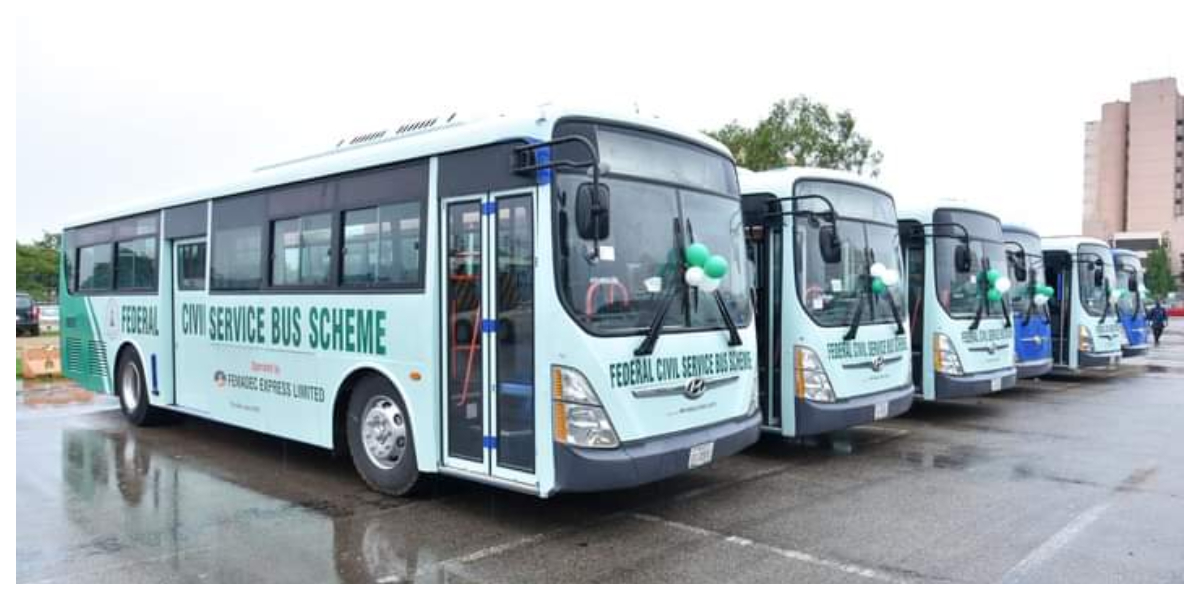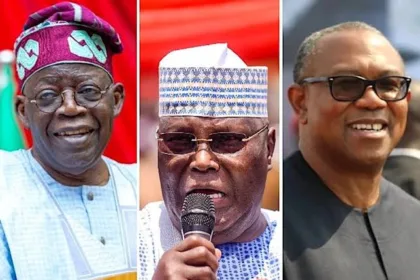The Federal Government has intensified its efforts to promote the use of Compressed Natural Gas, CNG, as an alternative to petrol and diesel, distributing 1,200 conversion kits to five states.
According to Director/CEO of the Presidential Compressed Natural Gas Initiative, Michael Oluwagbemi, the government aims to reduce Nigeria’s dependence on petrol and diesel, citing the hefty annual subsidy bill of $6-8 billion, most of which is borrowed.
Oluwagbemi noted that this dependency has proven costly, and the government is determined to change this narrative, adding that the target is to have 18,000 vehicles running on CNG by year-end.
He said the initiative has also seen remarkable growth in conversion centers, stressing that from just seven centers initially, the country now boasts over 130 operational centers.
The director said the Presidential Compressed Natural Gas Initiative continues to support entrepreneurs and business owners in establishing conversion centers, providing necessary guidance and resources.
Read Also: Governor Abiodun of Ogun Launches Electric Motorcycles
This push for CNG adoption aligns with the government’s efforts to reduce fuel subsidies and promote cleaner energy alternatives, paving the way for a more sustainable energy future in Nigeria.
He said: “We are expecting additional 12,000 kits in the next 30 days, which I believe will enable us to be able to get 18,000 conversions done by the end of this year, which will be on track to achieve the 21,000 target.
“We expect additional 100,000 to 250,000 kits before the end of first quarter next year. That will then enable us hit our goal of 150,000 directly enabled conversions next year.
”In terms of conversion centres, when we started out there were only seven conversion centres in Nigeria, our target initially was to have 100 of them set up this year, but I’m pleased to announce to you that today we have over 130 conversion centres in the country as a result of our work.
“I think before the end of the year we will have additional 120 to take us to 250 before the end of this year. Every day we have business people and entrepreneurs coming to us, asking us for templates and support in terms of how and what we should do, where we should place these conversion centres, and we continue to work with them.”






